The Different Image Stabilization (IS) Modes and How to Set Them (XC10)
| Article ID: ART163083 |
| |
Date published: 10/15/2015 |
| |
Date last updated: 10/15/2015 |
Description
The Different Image Stabilization (IS) Modes and How to Set Them (XC10)
Solution
| Solution |
Use the image stabilizer to compensate for camcorder shake in order to achieve steadier shots. When taking photos, you can turn image stabilization on and off. When recording clips, you can select the method that best suits your needs.
| IS mode | Shooting method |
|---|
 Standard IS
Standard IS | Compensates for a lower degree of camcorder shake, such as when shooting while remaining stationary, and is suitable for shooting natural-looking scenes. |
 Dynamic IS*
Dynamic IS* | Compensates for a higher degree of camcorder shake, such as when shooting while walking, and is more effective as the zoom approaches full wide angle |
 Powered IS
Powered IS | Powered IS is most effective when you are stationary and zooming in on far subjects using high zoom ratios (the more you approach the telephoto end). This mode is not suitable for tilting and panning shots. |
 Off
Off | Use this setting when the camcorder is mounted on a tripod. |
*Not available when recording 4K clips, using the slow & fast motion recording mode or taking photos.
Making Image Stabilization Settings 1. Turn on the camcorder.
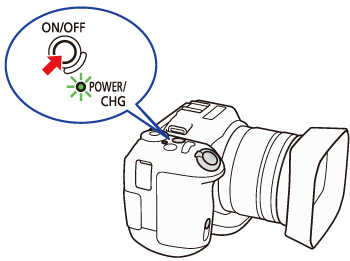
2. Touch [  ].
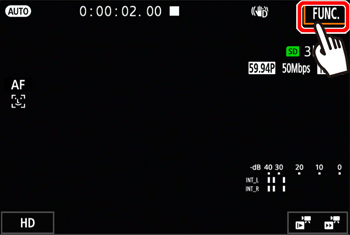
3. Touch [  Image Stabilizer].
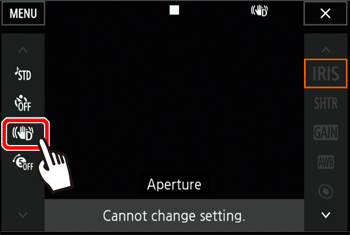
4. Touch the desired IS mode.
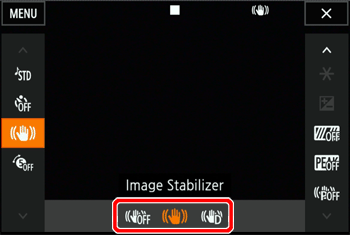
- [
 ] or [ ] or [  ] will be displayed on the screen. ] will be displayed on the screen.
- To disable IS, touch [
 ]. ].
5. Touch [  ]. Activating Powered IS to compensate for camcorder shake when using high zoom ratios Powered IS is most effective when you are stationary and zooming in on far subjects using high zoom ratios (the more you approach the telephoto end). This mode is not suitable for tilting and panning shots.
1. Touch [  ] menu and then touch [  Powered IS].
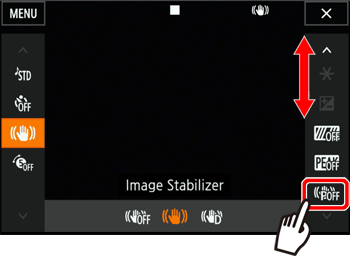
2. Touch [  ].
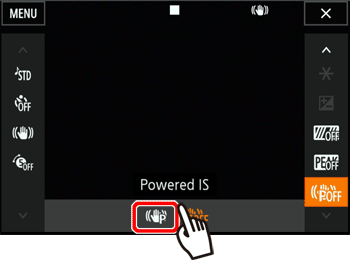
- [
 ] appears on the screen. ] appears on the screen.
- You can touch [
 ] to return to the original IS settings. ] to return to the original IS settings.
3. Touch [  ].
NOTE
- If you set an assignable button to [Powered IS], you can press the button to turn Powered IS on or off.
- If the degree of camcorder shake is too high, the image stabilizer may not be able to fully compensate.
- When using Dynamic IS, the edges of the picture may be adversely affected (ghosting, artifacts and/or dark areas may appear) when compensating for a high degree of camcorder shake. Additionally, the angle of view when using Dynamic IS differs from the angle of view when using Standard IS or no image stabilization.
|
|
ID: 8202612200_EN_2
|